Coffee packaging bags are packaging products for storing coffee.
Roasted coffee bean (powder) packaging is the most diverse form of coffee packaging. Due to the natural production of carbon dioxide after roasting, direct packaging can easily cause packaging damage, while prolonged exposure to air can cause aroma loss and lead to the oxidation of oil and aromatic components in coffee, resulting in a decrease in quality. Therefore, the packaging of coffee beans (flour) is particularly important·
Packaging classification
There are various types of coffee packaging and various materials.
Coffee bag is not only the color small bag you see , in fact ,the world of coffee bag packages is very interesting. Below is a brief introduction to the knowledge of coffee packaging.
According to the form of coffee supply, coffee packaging can be basically divided into three categories: raw bean export packaging, roasted coffee bean (powder) packaging, and instant coffee packaging.
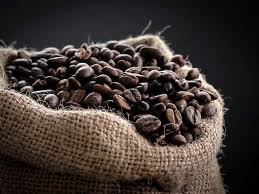
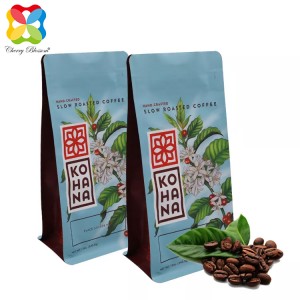
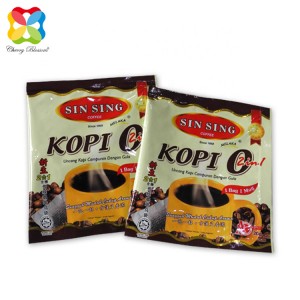
Export packaging of raw beans
Raw beans are generally packaged in gunny bags. When exporting coffee beans, different coffee producing countries in the world usually use gunny bags of 70 or 69 kilograms (only Hawaiian coffee is packaged in 100 pounds). In addition to printing the names of the country, its coffee organizations, coffee production units, and regions, coffee burlap bags also feature the most typical patterns of their own country. These seemingly ordinary products, burlap bags, have become a footnote in interpreting the cultural background of coffee for coffee enthusiasts. Even becoming a collectible for many coffee enthusiasts, this type of packaging can be considered the initial packaging of coffee.
Packaging of roasted coffee beans (powder)
Generally divided into bagged and canned.
(1) Bagged:
Bags are generally divided into: non airtight packaging, vacuum packaging, one-way valve packaging, and pressurized packaging.
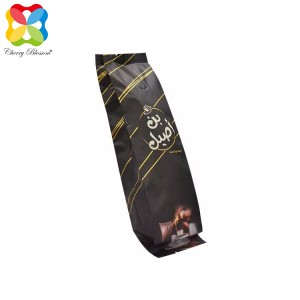
Non airtight packaging:
Actually, it is a temporary packaging that is only used for short-term storage.
Vacuum packaging:
The roasted coffee beans need to be left for a period of time before packaging to prevent carbon dioxide damage to the packaging. This type of packaging can generally be stored for about 10 weeks.
Check valve packaging:
Adding a one-way valve on the packaging bag allows the generated carbon dioxide to be eliminated but blocks the entry of external gases, ensuring that the coffee beans are not oxidized but cannot prevent the loss of aroma. This type of packaging can be stored for up to 6 months. Some coffees are also packaged with exhaust holes, which are only punched on the packaging bag without installing a one-way valve. This way, once the carbon dioxide generated by the coffee beans is emptied, external air will enter the bag, causing oxidation, thus greatly reducing its storage time.
Pressurized packaging:
After roasting, the coffee beans are quickly vacuum packaged and sealed with inert gas. This type of packaging ensures that the coffee beans are not oxidized and the aroma is not lost. It has sufficient strength to ensure that the packaging is not damaged by air pressure, and can be stored for up to two years.
(2) Canning:
Canning is generally made of metal or glass, both equipped with plastic lids for easy sealing.
Instant coffee packaging
The packaging of instant coffee is relatively simple, usually using sealed small packaging bags, mainly in long strips, and also equipped with outer packaging boxes. Of course, there are also some markets that use canned instant coffee for supply.
Material quality
Different types of coffee packaging have different materials. Generally, the raw bean export packaging material is relatively simple, which is ordinary hemp bag material. There are no special material requirements for instant coffee packaging, and generally general food packaging materials are used. Coffee bean (powder) packaging generally uses opaque plastic composite materials and environmentally friendly kraft paper composite materials due to requirements such as oxidation resistance.
Packaging color
The color of coffee packaging also has certain patterns. According to industry conventions, the color of finished coffee packaging reflects the characteristics of coffee to a certain extent:
Red packaged coffee usually has a thick and heavy taste, which can quickly awaken the drinker from last night's good dream;
Black packaged coffee belongs to high-quality small fruit coffee;
Gold packaged coffee symbolizes wealth and indicates that it is the ultimate in coffee;
Blue packaged coffee is generally "decaffeinated" coffee.
Coffee is one of the three largest soft drinks in the world and the second largest traded product after oil, with its popularity being evident. The coffee culture contained in its packaging is also charming due to its long-term accumulation.
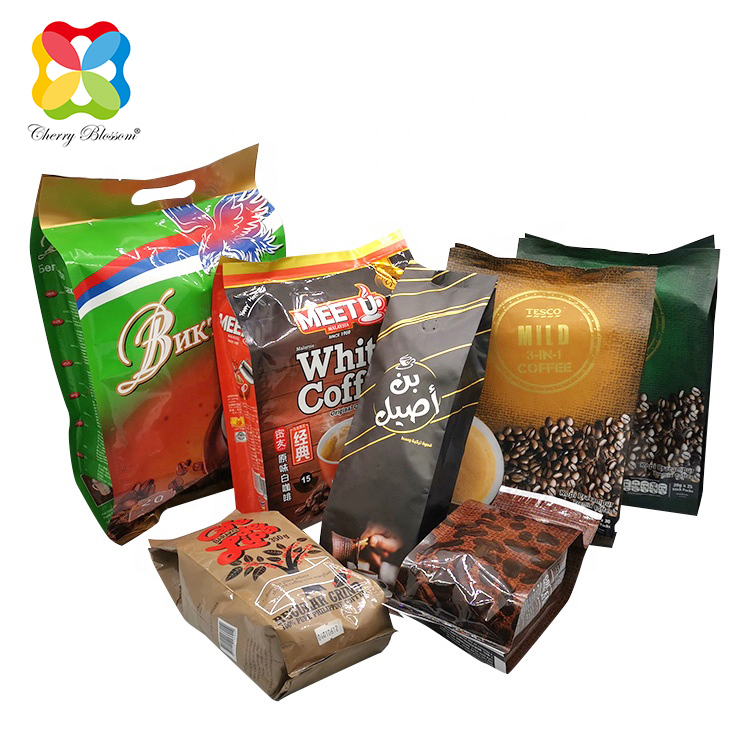
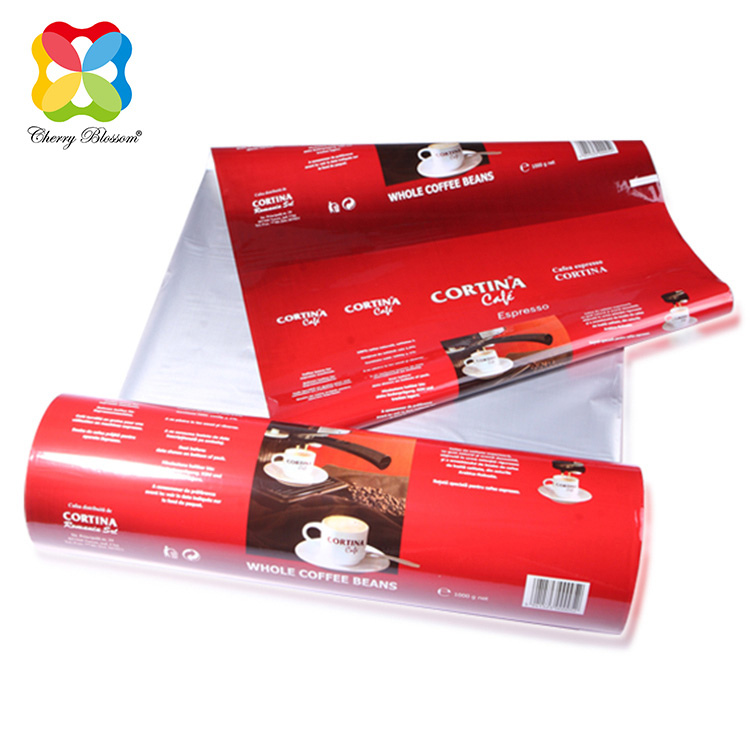
If you have any coffee packaging requirements, you can contact us. As a flexible packaging manufacturer for over 20 years, we will provide your right packaging solutions according to your product needs and budget.
Post time: Nov-24-2023






